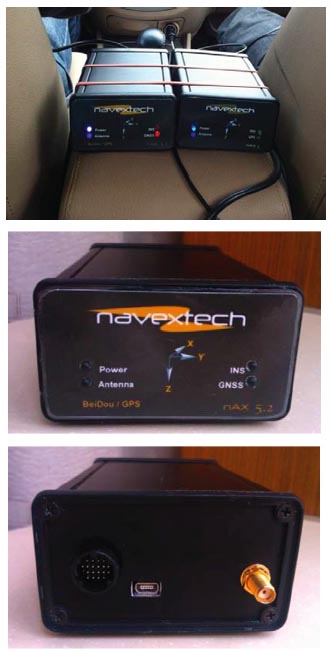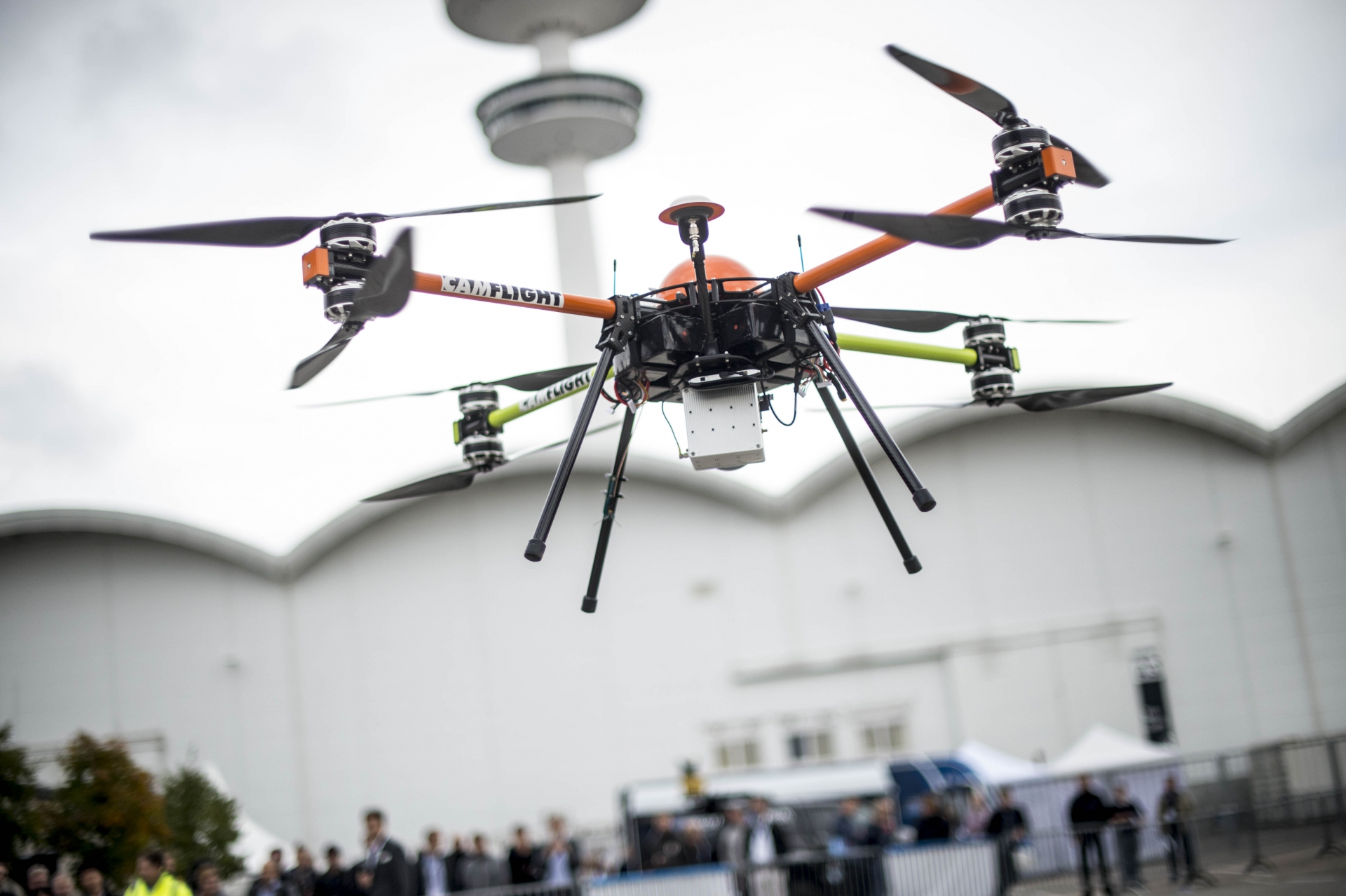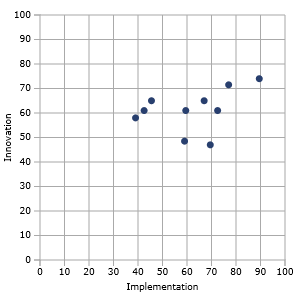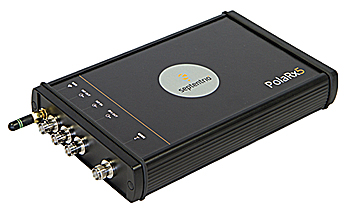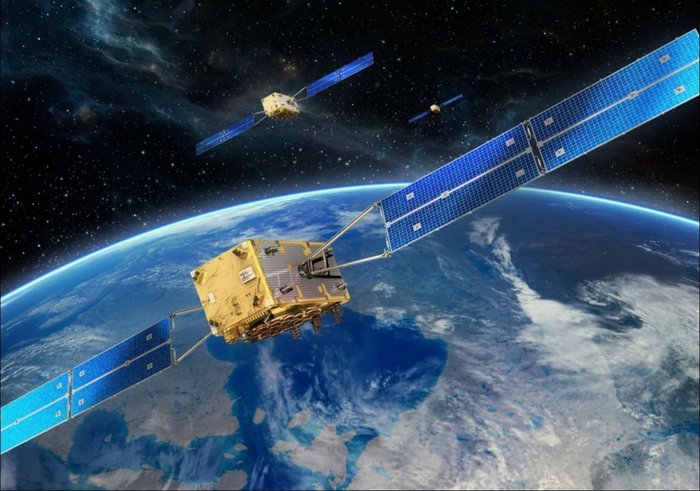GMA Land Navigator Selects Sensonor STIM210 as Inertial Engine

Horten, Norway–based Sensonor AS is in serial deliveries supporting the STIM210, which is designed to provide high accuracy inertial data for the AXD-LNS Land Navigator Solution. The Land Navigator went into regular production in late 2016, following five years of development.
By Inside GNSS


